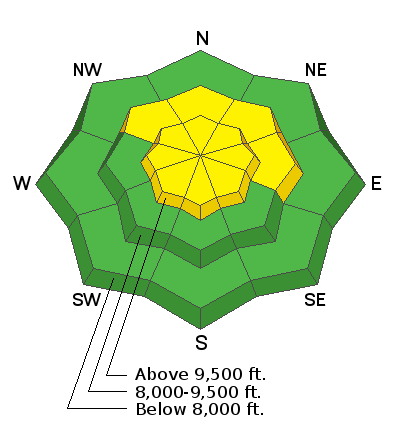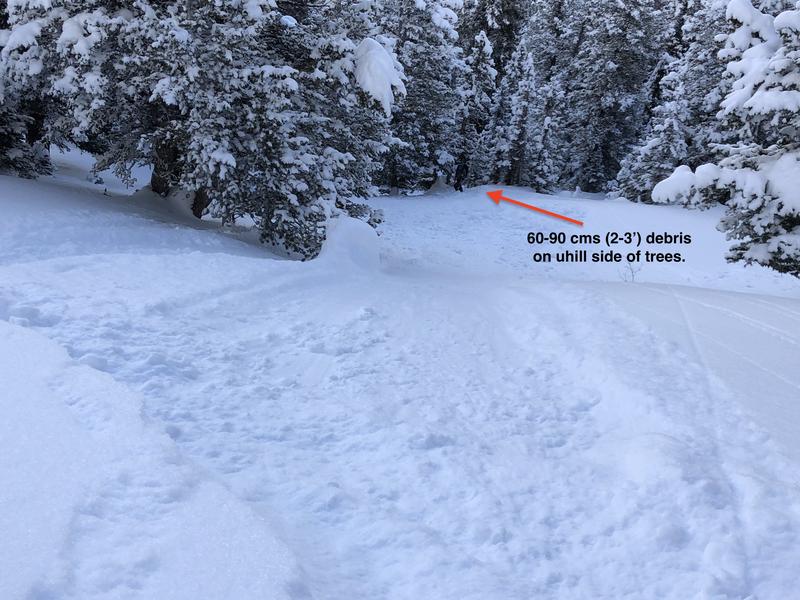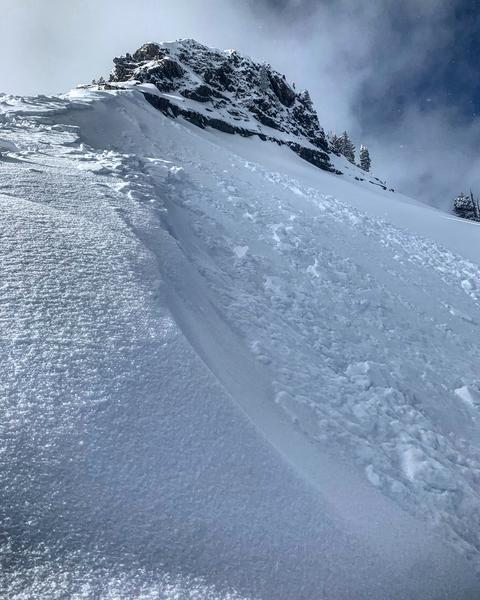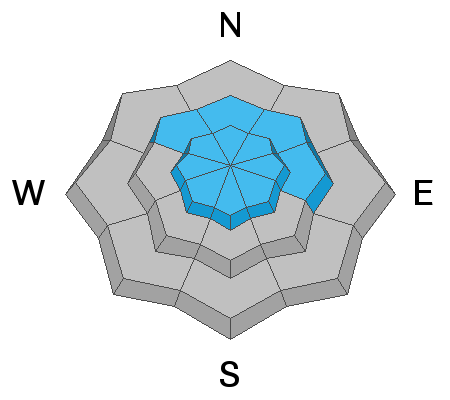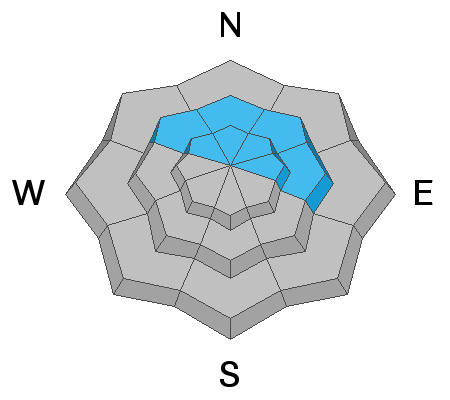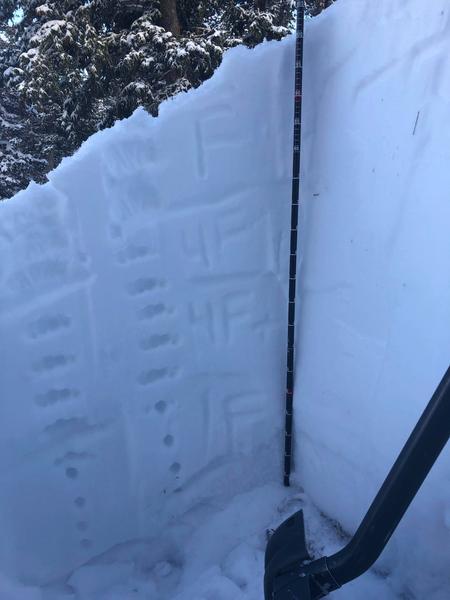New blog post-Landmines -
With permission, we are reprinting a recent piece of correspondence from an Army officer who is frequently deployed to the middle east. Drew spent time in the middle east as a naval intelligence officer in Desert Storm in the early 90s.
Thanks to the generous support of our Utah ski resorts and Ski Utah, we have discount lift tickets available. All proceeds from these go towards paying for avalanche forecasting and education! Get your tickets
here.
This morning trailhead temperatures are in the mid teens F, and ridgetop temperatures are in the low teens F. South to southeasterly are light, averaging in the mid-teens mph with a few gusts near 20 mph.
Since yesterday morning, the mountains picked up another 1-2" of snow bringing storm totals to 12-16" of snow in the upper Cottonwoods and about 10-12" of snow along the Park City ridgeline.
Today, temperatures should be cool in the upper teens and low20s F. The winds will remain calm and skies will be overcast into the afternoon. This evening winds should increase from the north northwest and bring a few scattered showers into Saturday morning. Skiing and riding conditions are excellent on all aspects and elevations but for some slight sun/greenhousing damage on some steep southerly aspects yesterday.
Our Week in Review - summarizing the significant weather and avalanche events of the past week - can be found
HERE. Yesterday there were a few reports of sluffing on very steep slopes, above 40 degrees both in the backcountry and in the resorts. Across the board, these sluffs were generally running in the old-snow interface on a bed surface comprised of temperature crusts and wind old slabs. The photo below shows a ski cut on a 45-degree rollover which resulted in a sluff moving downhill and depositing 60-90 cms (2-3') of snow on the uphill side of trees. See the whole observation
HERE which goes into a greater discussion on ski cutting and terrain choice.
Ski cut debris on a steep slope. PC- G. Gagne
Yesterday there was one report of a cohesive soft slab avalanche on the northeast facing terrain of LSB, likely triggered in the morning. There was a crown (estimted 6-10" deep and 75' wide) and it ran 60 feet. See full observation
HERE. Wednesday a snowboarder yesterday unintentionally trigger a storm slab in Dutch Draw roughly a foot deep and 150' wide. Yes,
that Dutch Draw, the site of the fatality on the 15th and wingsuit skier triggered avalanche a couple of days later. This avalanche was on east-northeast facing terrain at 10,000'. See the video below and full avalanche observation
HERE.
LSB soft slab avalanche on a NE Aspect - PC. M. White

